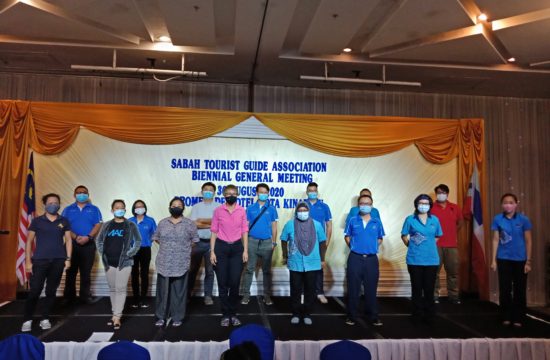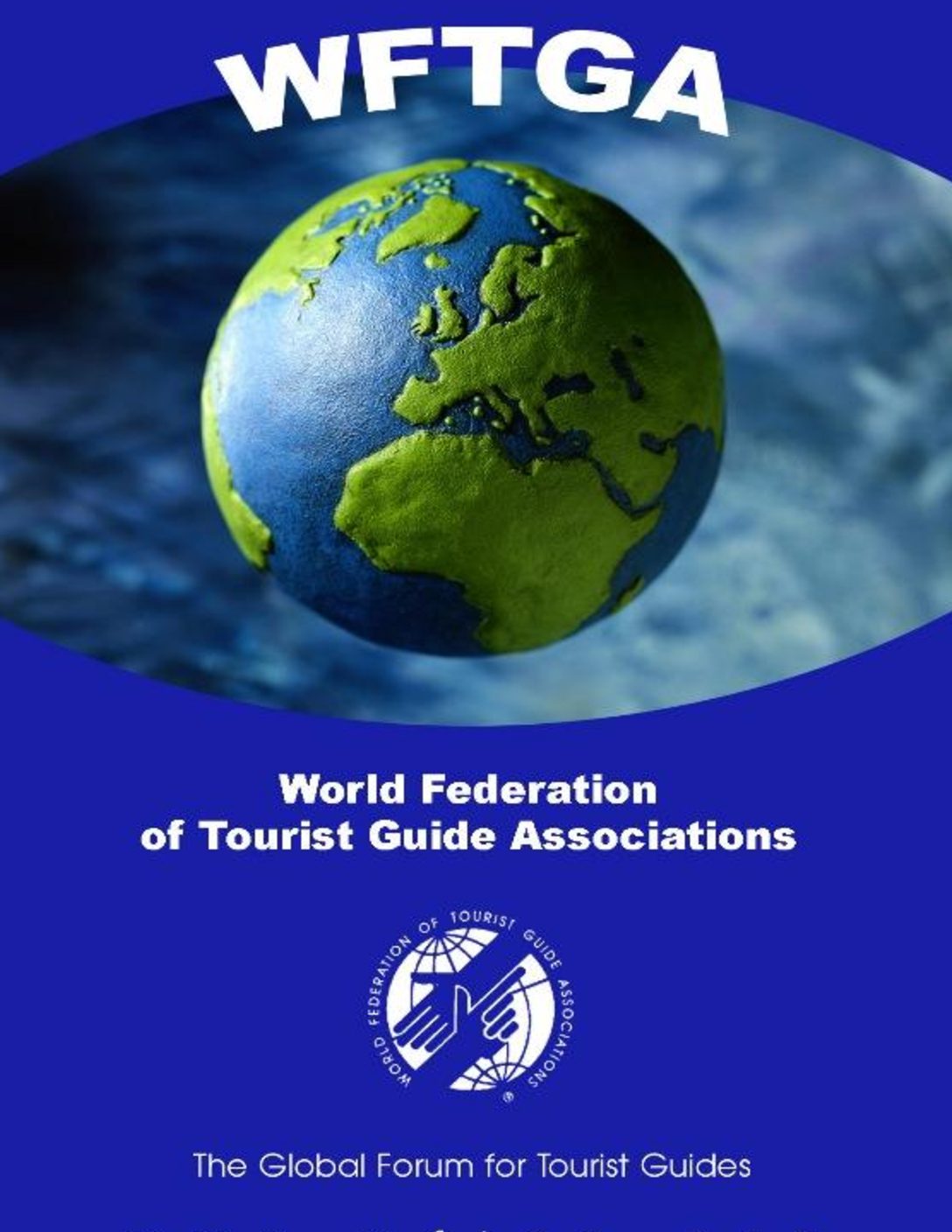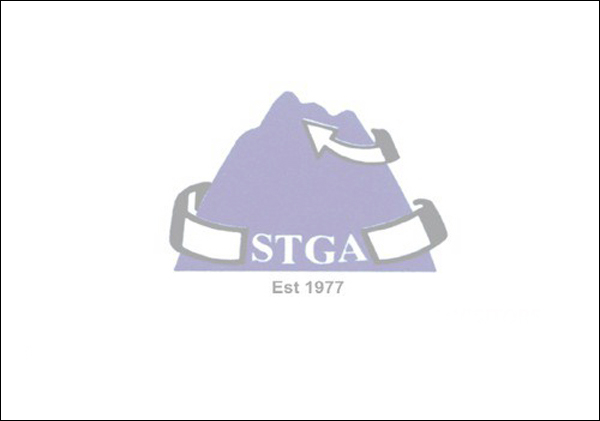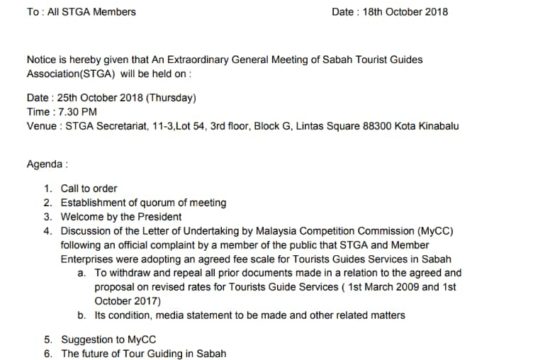BY ANITA MENDIRATTA, CNN TASK GROUP/ETN | JUN 05, 2012
THE DESTINATION IS IN THE DETAILS
The distance between the city center of Bangkok and Damnoensaduak floating markets is a mere 110 kilometers, equating to one-and-a-half hours by road. And yet it can feel a world away. For anyone wanting to see, to feel, one of Thailand’s most authentic, age-old trading centers, with its magnificent, aqua-choreographed array of local vendors carrying on a practice passed on through the generations, passing through an intricate waterway, woven through villages and generations on their long-tailed boats, the floating markets is an absolute treat. Every day, as reliably as the sun rises and the water flows, mostly elderly women make their way in their boats, towards the central trading area. Over a period of a few hours, every morning, these women, with their beautifully-aged faces and determined spirits, show off their precious goods – from fresh fruits to freshly fried bananas, to fragrantly-accented noodle dishes, to finely crafted textiles and traditional artifacts, come together to sustain their livelihoods, all the while offering onlookers a gently drifting voyage for the senses. The vibe is social, commercial, unforgettable. The sight is a scattering of color, texture, culture. It is a must see, a must inhale, a must touch, a must feel.
For travelers aware of this gem on the tourist destination, the trek from Bangkok is an easy one. Leaving Bangkok, it is easy enough to jump into a taxi as the sun rises. Making the journey early is essential to ensure arrival during the morning hive of activity as, by midday, vendors are making their way home.
Tired travelers swiftly go the distance, with occasional eyes-shut patches, making their way from A to B. A mobile nap is completely acceptable – the driver will wake you when you reach the market.
There is, however, another way to make the journey – an option which brings the whole alphabet alive, a way which appreciates the importance of getting from A to B, but also weaves in the magic of C and D and E and F and G…
The difference? A tour guide.
Suddenly, the same 110-kilometer stretch turns into a collection of sound bytes connected to mental images. Salt farms. Roadside temples. Iconic pagodas. Local communities.
With each changing image, tiny details are shared. Those small temples positioned in the corners of industrial business car parks, to the left of the entranceway? Yes, they are beautiful. They are, interestingly, also placed there as a way to bless a new business as it builds its premise of operation, and its future. Those busy men in the field? They are rushing to collect the crystals, because the rains have come early, making it important to harvest the salt now. It might rain tomorrow.
And those tourists gathered at the market entrance, creating a human bottleneck? Here, follow me – come this way! This way is less cluttered, and it offers the best view of the market.
The difference? The detail.
The gift? The guide.
THE AGE OF DIY
One of the great changes in travel over the past decade is the move away from doing it through a travel agent to DIY. Independent travel search, planning, booking, and going has become a voyeuristic hobby of wish-to-be and would-be travelers. The opportunity to save money by doing it oneself can often be too enticing. Why not? What have you got to lose? It makes sense. It saves cents. Sometimes. And depending on what one is after in terms of service, expertise, and insight.
The same logic should also apply to tour guides. Why not just get hold of a good guide book, and get out there on your own? Once again, it saves money. And allows one the freedom of doing it when one wants.
But, as with travel agents, does it really?
Yes, in some cases.
There are times, places, however, where going it alone means missing the magic.
QUALIFIED TO BE ON THE INSIDE
Technically speaking, a “tour guide” is simply, as defined by the CEN (European
Committee of Standardization), “a person who guides visitors in the language of their choice and interprets the cultural and natural heritage of an area, which person normally possesses an area-specific qualification usually issued and/or recognized by the appropriate authority.”
True enough.
Historically, there is no “they started here.” Guiding has been as natural a part of sightseeing as breathing. Simply asking a local for directions plants the seeds of a guide. The spectrum between informal and formal guides is wide, and can be dubious in terms of quality and authenticity.
The practice of guiding, as a profession, is not to be overlooked or underappreciated. Guiding is a skill, an often academically-accredited qualification that elevates a destination’s capability to showcase attractions and other areas from baseline to beyond expectation. While the concept of tour guides has become somewhat commoditized, numerous destinations across the globe recognize the immense equity that tour guides offer their destinations. Formal qualifications are now demanded by national tourism authorities across the globe. Without proper certification, tour guides will not see groups channeled their way by operators.
The value of guides is not only seen by ministries of tourism worldwide. It is also seen by the guides themselves, who look to the profession as a way of establishing a livelihood for themselves, making a living through being the ultimate ambassador for their country.
Interestingly, guides serious about this special segment of the travel industry, learn not only the finer details and insights of history and modern life of the destination, they also learn the nuances of tourists – what it takes to be an exceptional host and ambassador for the destination.
For those who have had the blessing of having a travel guide of innate knowledge of, and love for, a destination illuminate their tourist path, a tour guide can be the difference between seeing a painting and actually being invited into the artist’s studio.
It’s not about the money spent in the guide. These are moments that are supposed to remain in our minds, and hearts, for a lifetime. They – these moments brought to life by a guide – are the difference between passing something by and capturing a priceless memory.
For this reason, despite the growing trend of DIY travel, travel companies that know, see, and feel, the fundamental difference that having a guide can make to a traveler’s experience, remain firm in their belief, and offering.
As stated by Gavin Tollman, CEO of Trafalgar Tours:
“Traveling today is about the opportunity to delve deeper into a destination and uncover more about the destination, it’s the joy of meeting the local people, understanding cultural differences and discovering local experiences. We all know that one can buy a guidebook or investigate what to see in a destination on the Internet. Irrespective, no guidebook or app, however good, nor the success of one’s Googling efforts, can replace the local knowledge and expertise of a good travel director.”
Ultimately it comes down to the quality of the tour guide – technically, emotionally, and socially.
“A good travel director will be the ultimate insider. They will provide travelers with the unexpected, provide local insights, and share unique experiences that one would not have when traveling on their own. A great guide will be the difference in ensuring that a trip is both an enjoyable, as well as rewarding, experience. One filled with unforgettable memories.”
This belief is firmly echoed by Ajay Prakash, President of the Travel Agent’s Federation of India (TAFI):
“There are tourists and there are travelers. Tourists rush through, furiously clicking pictures as they ‘do the sights;’ travelers linger, savoring the space and the moment they’re in. The Internet gives anybody the freedom to become a tourist; true travelers rely more on the human touch and the personalized experience. If the purpose of travel is to widen one’s knowledge and experience, the DIY Internet quick fix is not a patch on consulting a professional travel agent or using a competent and qualified tourist guide.”
The difference is clear.
“You could breeze through the Taj Mahal in an hour, or you could spend a few hours there with a knowledgeable guide who could explain the calligraphy on the walls and tell you myths and stories that make the Taj come alive.
“A picture may be worth a thousand words, but when someone explains the details within the frame to you, it becomes worth a million.”
CELEBRATING THE SMALL STUFF
Tour guides – qualified, genuine tour guides – are masters of their art. These are the people who take an aerial image of a place and inject it with intense meaning by zooming in on one spot, one period of time, one texture, one story. Their remarkable knowledge, insight, and storytelling keep history, tradition, culture, folklore, and destination pride alive.
These are the people who share the meaning behind details that would otherwise go unnoticed, creating keyholes of understanding that unlock a depth of meaning that could not be gained through collections of generic travel trivia, inspiring the little smiles that are created by now knowing…
And, by guiding, they are creating a livelihood that creates a quality of life for those at home that they care for.
As proud as we can feel in going it alone, it is important to pause and question, in addition to providing a guide with meaningful employment, which the tourism industry does for tens of thousands of guides across the globe, what meaning are they adding to the experience of a traveler.
Ultimately it goes back to one core question: Why do we do it? Why do we go? Why do we travel?
Can travelers save a bit of money by going without a guide? Of course, but at what cost?
It’s not about the A to B. It’s about the unexpected joys and genuine moments of awe created by the insights, intrigue, and invaluable memories offered by the entire alphabet.








